One day, future educational technologist yearlings will gaze up in earnest to their parental units, and say, “Mommy, Daddy, will you tell me the origin of SPLOT story again?”
Imagination at work.
It’s been beyond rewarding to see the results of an idea I likely initially laughed at over a beer in Kamloops spread and be used by a slowly growing number of people, notably recently put into use at Coventry University, a wikipedia orientation activity, and new to Domain of One’s Own people at Colgate University.
Yup, it’s dem SPLOTs

Modified from flickr photo by Tom Simpson https://flickr.com/photos/randar/18499512788 shared under a Creative Commons (BY-NC) license
All of the SPLOTs are available at my GitHub corral; in my ReadMe’s I encourage people to fork and edit to add their examples… and it has happened maybe once in 3 years. So I add them when I see them, sometimes I will search for my taglines that are in the template footers
I'm able to find uses of my tech tools in the world because I put "blame cogdog" in template footers.
— Alan Levine (@cogdog) October 3, 2017
It’s been picking up a bit. Mostly, it’s my own use. I dogfood my splots and ds106 stuff on just about every project I do.
But SPLOTs for libraries?
Yup, Scott Leslie is blogging, and not only that, blogging about brainstorming library-oriented SPLOTs. (That works with the “L” as he first communicated in a DM).
I draw much pleasure that people take an interest in SPLOTs while they still have no firm definition. I hope they can resist one. All SPLOT-like things are good. I really dig the Knight Lab Tools for what they provide as a single purpose tool, though I think what it takes to put into your own work, short of WordPress plugins, present a barrier.
I also love the platform independent approach of H5P and plan to explore them more after doing some intro workshops last month. They are definitely small tools, to be they are more widgets, but at least they extend what you can do in a platform.
I would say that SPLOTS need not be the WordPress based approach I did for the first batch, though I’ve not done any new ones any other way. I’d say what makes the ones I worked on a little different from any small tool is that (a) no technical skill is required to set up beyond WordPress installation, theme set up (which can easily done for others in a multisite environment or the cloning approach being done at Coventry). But more so, they also are multi-person tools, they potentially create sites where all content created is public and shared (SPLOTpoint might be an exception).
But Scott wrote of a hole in the SPLOT-iverse:
How that idea/approach came to be is surely a long story. I can’t find the single origin story from any of these folks, if indeed there is a single one, but my own take would be that it’s a combination and culmination of open web/small-pieces-loosely-joined/”learning as creating” thinking they’ve been doing for years, combined with long-time frustrations with the monolith that is the enterprise LMS (and its overly complex integration approach), the privacy nightmare that is the web and finally with some inspiration from other sectors who are also promoting simple to use web-based content creation tools.
Scott’s take is accurate in terms of the cast involved, and yes the story is out there in fragments.
I posted most of this as a reply to his post (because good bloggers deserve comments), but want to post here as my own record. This of course is my origin story; Brian Lamb was there for it all, and may have details to fill in, or total objections to my version.
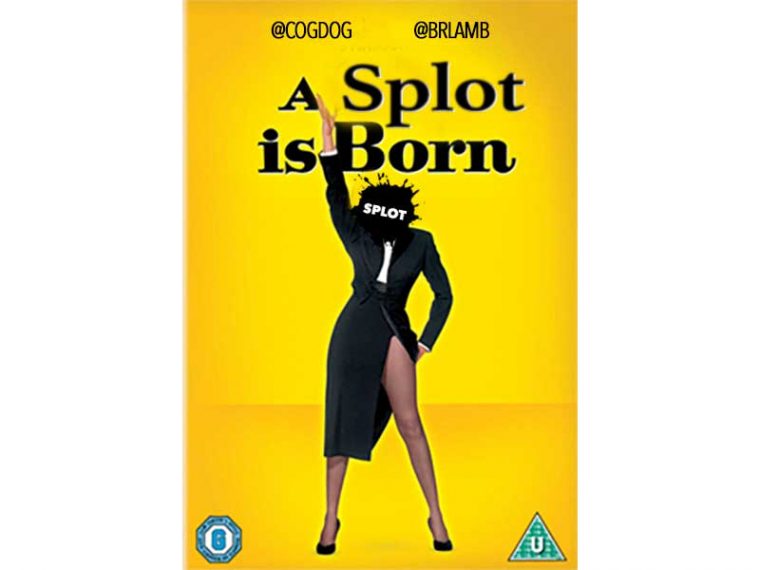
Here is my take on the SPLOT origin story. They were hatched during and Open learning Fellowship at Thompson Rivers University from mid October 2014 to mid March 2015, all work done there has been portfolio-ized at http://cogdog.trubox.ca
SPLOTs are mentioned first October 28, 2014 in What The SPLOT?
Because of challenges with FIPPA legislation (dealing with Canada institutions and their limitations of using web services based in the US that might transmit student information), the goal was to create simple learning applications that do not require any creation of accounts.
As a place to develop these, we registered the splot.ca domain and set up a WordPress multisite as a development and testing environment.
The conversation definitely was over beers at the Fox’n Hounds in Kamloops. My flickr photos indicate that I arrived in Kamloops the afternoon of Friday October 23, that weekend was sad in retrospect my last visit to Brian’s house on the lake. It’s likely the SPLOT conversation happened the night before that blog post, October 27 when Brian and I started talking about the work I might do for the fellowship at TRU.
Or maybe it was the 28th- here is Brian’s Tweet from 3:18pm in the afternoon. Maybe I wrote my blog post at the Fox and Hound, we really did work there.
Disappointed that @cogdog hates my proposed acronym SPLOT for a project. Obviously snazzy marketing ain't my thing. I wonder what is…
— Brian Lamb (@brlamb) October 28, 2014
One part of the fellowship was running with Brian a “ds106 for faculty PD” which became The You Show, another part was setting up a domain and a WordPress Multisite to host blogs for first staff at Open Learning, and later for faculty projects, what is now the powerhouse known as trubox.ca. And the other part of the fellowship, over in the Department of Vague Ideas was the concept and Brian definitely spoke the name SPLOT that night, prefaced by “I know you will hate this but…”
We’ve told the story before, such as the our Open Web presentation (an ill-fated one in which my idea to playout us staging disagreements in twitter before hand had everyone taking them literally).
I will add that the image of the beer glass as actually taken two nights after the SPLOT discussion (I know this Because I Chronicle Stuff in Photo Captions)
That photo was at the Noble Pig in Kamloops, but is close enoug for horse shoes and metaphors.
Early on we identified two core challenges in getting people to get onto the open web. The perceived difficulty (and lack of support) of open web environments, and privacy concerns.
The premise than was ease of entry/simplicity of tool (which I like saying now as small single purpose tools). There was also the common issue of putting a great tool like WordPress in front of people, and watch their eyes glaze over trying to explain the dashboard and differences between posts and pages. This factored in later on the development of the TRU Writer from Brian’s experience supporting English faculty Ken Simpson who had several assignments a semester for students to submit essays, and it was always a drain to create accounts and explain the WordPress innards, when all the students needed to do is to compose and submit an essay.
The other desire behind SPLOTs was tools that did not explicitly require supplying user information, a response largely to the limits of strict adherence to FIPPA regulations (variable interpreted in Canada as the limits to which educators can ask students to create accounts on web services based in the USA, yeah our so called “Patriot Act”). It may not have been explicit at the time, but considering how much our price for using free web services is the wholesale back of the network exchange of our information, it became an ongoing question when looking at these sites, how necessary it really was to have to create accounts to do something simple.
We spoke that night of Tom Woodward’s brilliant projects using Gravity forms as a front end for people to create/contribute content to WordPress sites w/o needing to go through the dashboard.
That might have been as far as the conversation went, besides deciding to register the splot.ca domain (run then under Brian’s Reclaim Hosting account).
Brian was soon on his way to Australia for a conference, leaving me time to tinker. That was the beauty of the TRU fellowship, it was more like a sabbatical as I had full time just to experiment, not to do other people’s projects or web sites. I was given a TRU office I almost never used, I did most of the development in the student center coffee shop, Common Grounds, looking out across the mountains on the other side of town.
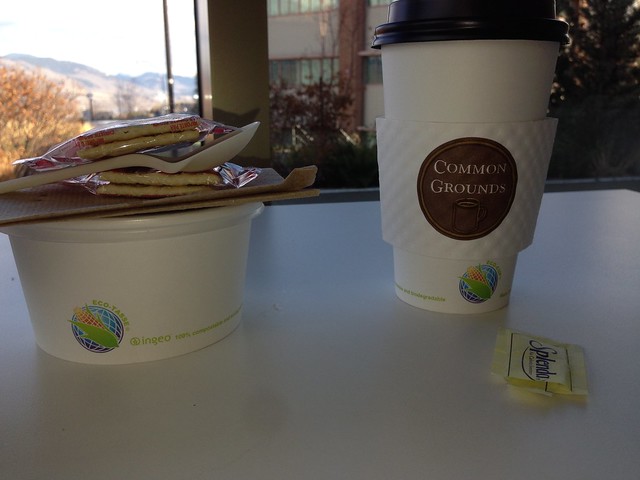
The Common Grounds Dark Roast flickr photo by cogdogblog shared under a Creative Commons (BY) license
The first SPLOT was inspired again some by Tom, as well as one of the Knight Lab Tools, the image comparison tool- I first built it in HTML jQuery just to figure it out. My prototype is still hanging in my domain http://lab.cogdogblog.com/comparator/
Of course, just mention HTML or jQuery and most humans will run away. That’s not the end solution. I had in mind that WordPress had everything needed to make this easier, as it manages image uploads- all you need are two images of the same dimensions, saing different sets. The stumbling block was that unless you did simple form upload, there was no way for a non-logged in user to access the WordPress media uploader, which provides the auto image resizing needed to make it work well
And this was the breakthrough, figuring out how to secretly log in a visitor as a generic author, hiding the admin bar and the dashboard, just to provide front end access to the media uploader, blogged on November 18, 2014. This was the basic feature of several future SPLOTs.
The Comparator is still out there, and mostly works, but it has been the least attended to. I made use of a simple WordPress Bootstrap theme as the parent one for this project (as I first did for the DS106 Assignment Bank)
The next one could arguably be questioned as a SPLOT but since I had the keys to the web site and I built it, the Daily Blank went up December 1, 2014 as a new SPLOT.
I had long wanted to convert the original DS106 Daily Create to a format that could be used by others, but also, could use twitter as the submission channel, rather than specific media servers for the original. I also knew I wanted to use it for the You Show (which we did for the You Show Daily).
I must have been in a great development groove, because this one involved doing a WordPress theme with a built in twitter authentication, timed scripts to query the Twitter API for tweeted replies to a certain account, and a lot of other tricks.
The TRU version was the trail one, it was not until September 2015 I rolled it over into ds106, and have put it into play for many of my projects since then.
By December 5, 2014, I had a bloggable version of maybe the most versatile SPLOT, the TRU Writer:
So far on my fellowship here at TRU I have partially developed three Smallest Possible Learning Online Tools (again give all credit/blame for the acronym to Señor Borregoruido).
I am not quite convinced they will evolve into anything usable, but hey, that’s what experimentation is about. A main principle we are trying to is give faculty, students ways of publishing content online that is not dependent on creating accounts or releasing your info to anyone.
…
The TRU Writer is a new partly finished one, this is about off and on 4 days effort. The idea is to create a tool where people can quickly compose (or paste in) content for an article, essay, poem, and have it published in an elegant format.
I was really excited to discover the free, beautiful Radcliffe Theme in the WordPress collection, giving us a media rich front page
We had existing needs for this right away at TRU, for a few english classes, and one our favorite examples, Katie Sykes’s Lawyering in the 21st Century course which Brian brought on after I had left. What is cool about this the way Katie built course materials and an archive around the writing tool.
I did a prototype for the TRU Writer as an alternative to a cumbersome journal publishing platform (but sadly not picked up on) and as a means to publish an undergraduate student research journal (used some). I made use of it myself for the UDG Agora Project – more than 200 SPanish speaking faculty published their project reports in Comparte.
Perhaps the second most useful SPLOT is the TRU Collector; as blogged January 15, 2015 this came from a specific need and request from TRU Open Learning Staff:
The idea came from TRU Instructional Designers Kelly Warnock and Melissa Melissa Jakubec who will be doing a workshop next Friday on finding openly licensed images (and we will have a version of this Tuesday for the You Show). What they described was wanting an online image gallery where participants could share the images they found.
Sounds like a SPLOT.
Their idea.
Again, the idea is a way people can build a shared pool of images, organized by maybe categories and tags, with some extra data for license and source info, but that would not require any accounts or selling of one’s data tracks to [fill in the name of your not favorite data overlord].
The last SPLOT built at TRU, blogged on February 4, 2015 was the Sound Pool, which was like the Image Collector, except for Audio.
In prep for Tuesday’s You Show workshop session on audio I worked feverishly about 4 hours Monday night and 3 hours Tuesday morning to create the newest SPLOT tool, the Sound Pool.
This is a place to share audio clips, tracks, either MP3 audio either found on the web (via a URL) or uploaded to the pool. Last night I decided to add support for SoundCLoud tracks. It’s a direct followup from the Image Pool with a few new enhancements.
There’s been a few more splot added since, and all of the ones listed have been fairly regularly updated (except the first one, the Comparator) as I end up using them for my own projects, or sometimes someone requests a feature. SPLOTpoint is the newest, and I have been making heavy use of a theme hack Brian and I used for a few presentations.
That was not even a full year of the SPLOT, it was like one third.
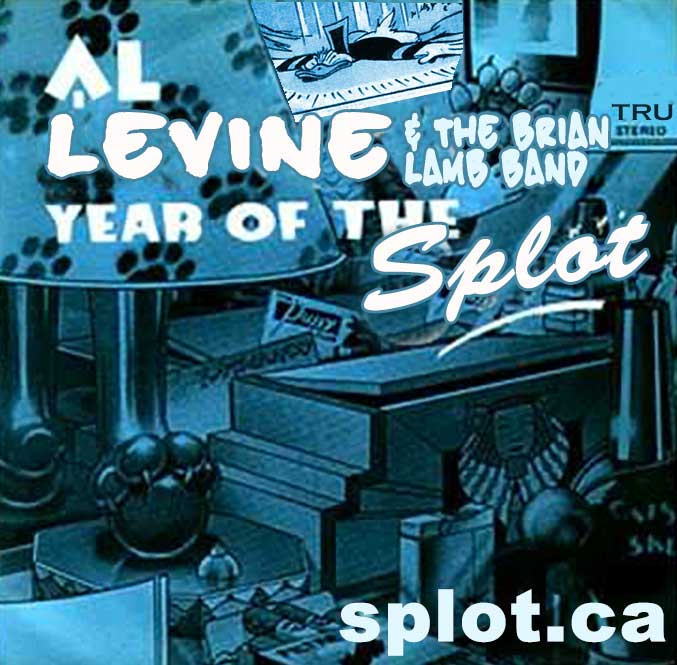
I’d certainly like to do more SPLOTs. It seemed easier to do in that environment at TRU where I both could pour a lot of time into R&D and also pick up ideas by being proximate to others with ideas.
So there’s the SPLOT Origin Story, or at least Alan’s Take.
What is a SPLOT? Let’s make no fixed definitions.

But lesson learned. If Brian Lamb brings you an idea over beers with a silly acronym, laugh off the acronym and latch on to the idea.
Featured Image: Original SPLOT logo deigned by me superimosed on Pixabay image by geralt shared into the public domain using Creative Commons CC0
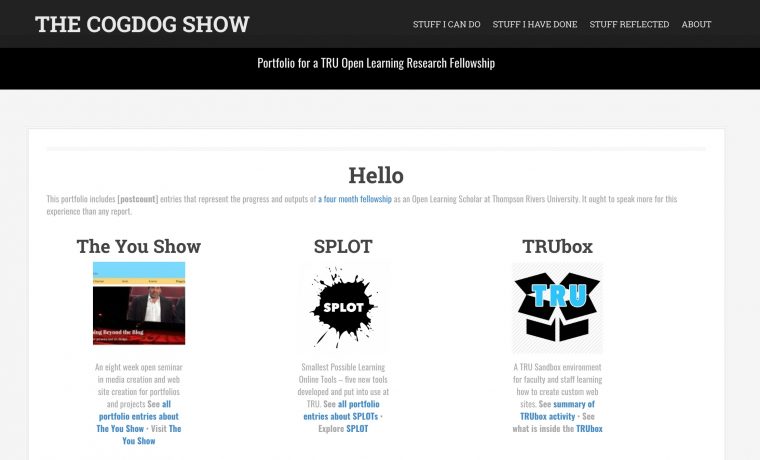
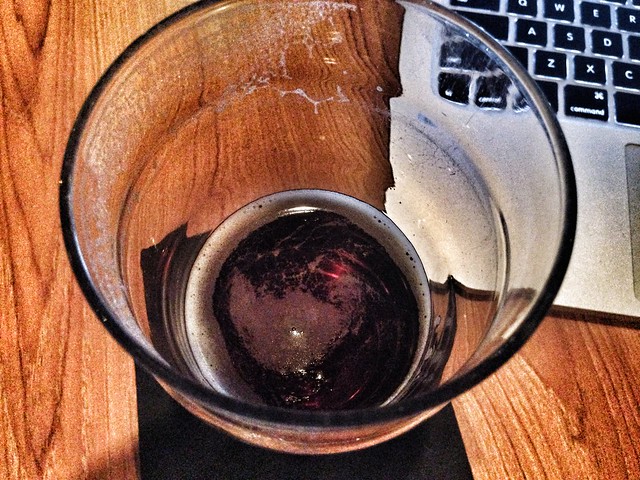


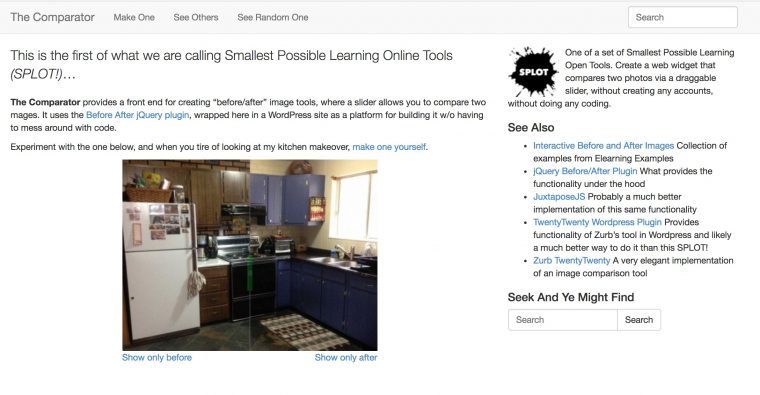


Man, this is some great stuff. Not to get meta on the exercise, but it’d be great for EdTech workers to get together and build this sort of stuff – like a hackathon, but a SPLOTathon.
I’m interested in the concept of putting simple SPLOT-ish needs somewhere and either building or pointing to answers. I’d do that on nights I can’t sleep.
I’d love to do aspects of this live at conferences.
This is a brilliant idea for a ‘do-a-thon’ conference stream.
Great to think back to 2014-15 when the SPLOT was an experiment and to see how far they’ve come, especially at TRU. I wanted to chime in. I assume the reference to “Brian’s experience supporting an English faculty” refers to me. First, I turned to the SPLOT for two reasons: to avoid the LMS and to avoid the “standard essay.” The reference to “two assignments a semester for students to submit essays” doesn’t really do justice to the creativity in form and content that my classes engaged in. The SPLOT, class blog, encouraged this creativity and was so successful because of this. I wish I could have integrated the DS106 Daily Create more regularly but we also had GIF and design workshops as the visual sense of the writing became more of a focus for students.
Absolutely that was you, Ken! Sorry to not credit you in the post (will edit). You definitely put the Writing SPLOT into fantastic action in your classes.
Pas de problemè, Alan. I remember the frustration felt by me, students, and Brian as we tried to negotiate privacy issues for students (contacting them, signing forms, etc., etc.) in the year or two before the SPLOTs were set up. After that, it was so simple and the students ran with it.